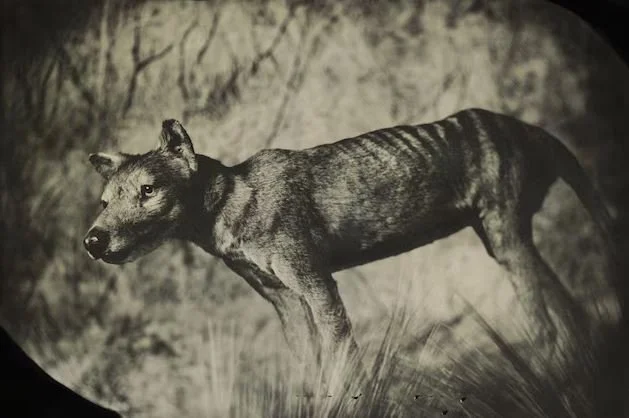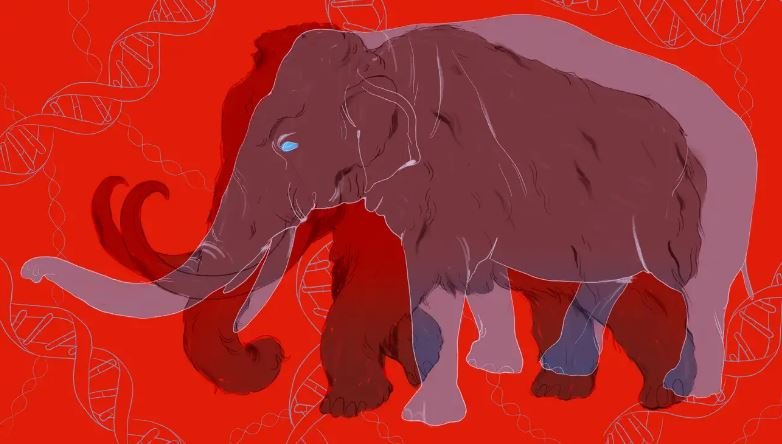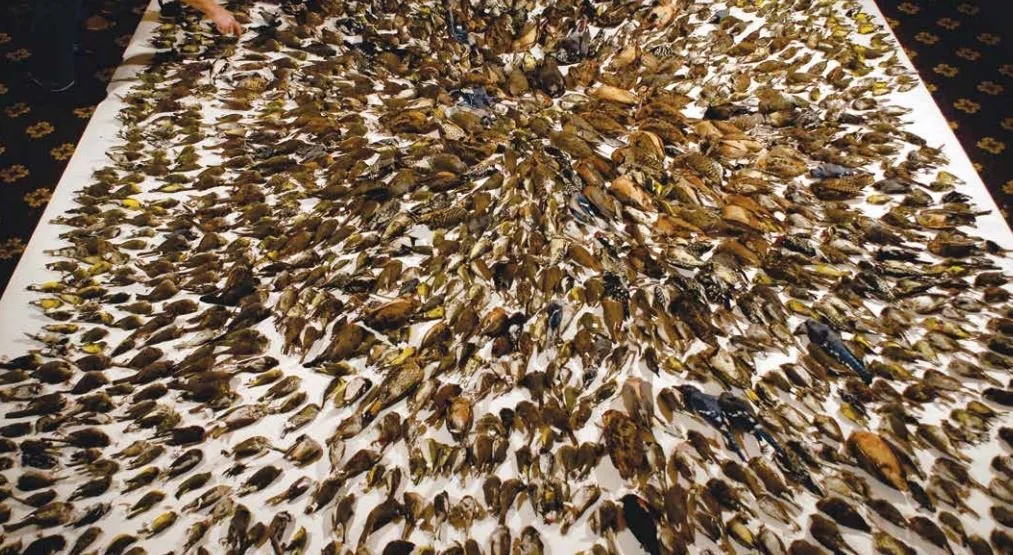Will Cloning Bring Back Extinct Animals?
Venture capital firms (including one funded by the CIA) are pouring millions into cloning technology in order to bring back a few long-lost creatures, such as the wooly mammoth, the dodo, and the thylacine, or Tasmanian tiger. But if and when these animals are revived, they will be fey imitations, look-alikes that lack essential features of the real article.
Tech website Gizmodo explains why the so-called “de-extinction” campaign is a bit of a sham. The process “generally involve[s] somatic cell nuclear transfer (SCNT), the innovative technique at the heart of cloning. In SCNT, a cell nucleus is inserted into a cell that has had its nucleus removed. In 1996, Dolly the sheep became the first mammal cloned with SCNT.”
But there are a couple of shortcomings to SCNT. First, it doesn’t work with birds, “due to the whole egg-laying situation,” so it won’t be deployed to save dodos. Second, we can’t recover the entire genome of an extinct animal, so some percentage of the sequenced genome will be derived from other animals.
Resurrected mammoths will need new hair genes culled from contemporary elephants with a few other genetic accouterments. Thylacines will be jerry-rigged with the modified cells of a fat-tailed dunnart, a mouse-sized relative of the marsupial wolf. Can’t we just protect the sweet dunnart?
“If they’re successful, as they probably will be in some sense, you’re creating a simulacrum that has no phylogenetic relationship with actual mammoths, all of which are gone,” says Ross MacPhee, a mammalogist at the American Museum of Natural History.
MacPhee does not believe the tech companies’ motives are necessarily benign. “These are very smart people, but it’s the absolute disinterest in animal welfare that bothers me the most.” A lot of animals will die in the pursuit of de-extinction; some will suffer abnormalities in adulthood, like Dolly, the first cloned sheep, who went belly up at just six years old, rife with arthritis and lung disease.
So why pour so much money and resources into these projects? There might be some utility in cloning animals that are near extinction, since we’d have a complete genome to work with. But it would behoove us to devote even more resources to restoring the natural habitats of critically endangered species, so that their clones would have a place to live.
Illustration by Vicky Leta for Gizmodo
Photo credit: American Museum of Natural History








